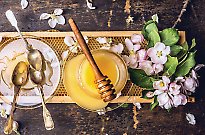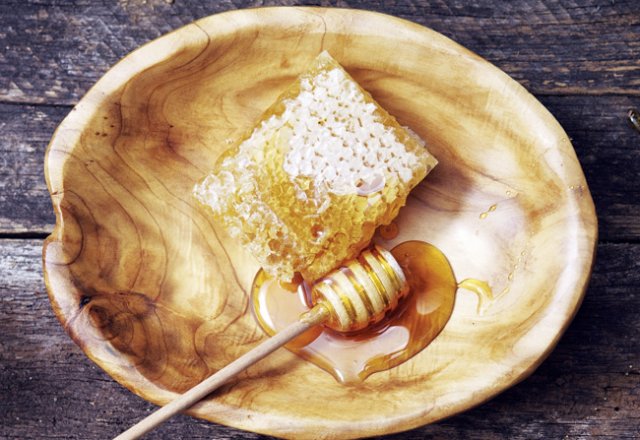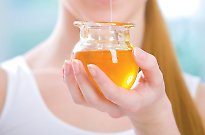
Manuka honey: superfood or sham?

We uncover the truth about this celebrity-endorsed elixir
Long before superfoods were considered health-and-beauty must-haves, there reigned a queen of natural elixirs touted widely for its wound healing and skin-softening properties – and, of course, its taste. But now, as the latest in food fads come and go, manuka honey continues its steady rise in popularity.
What is manuka honey?
Manuka, a medicinal-grade honey, is produced by European honey bees that feed on uncultivated manuka bush or tea tree plants in New Zealand and southeast Australia. It is adored by celebrities and everyday consumers alike thanks to its antibacterial properties; a result of its high enzyme levels, which are far exceeded in manuka honey than the regular supermarket variety.
Actress Scarlett Johansson is just one Hollywood beauty who was quoted singing the praises of this Down Under wonder, keeping good company with age-defying celebrity counterparts Gwyneth Paltrow and Kylie Minogue, who have also relied on the exilir, which can be taken straight from the teaspoon, mixed in smoothies and cereals or applied to the skin or hair.
“It really adds an amazing glow and your skin is so soft afterwards. It pulls out the impurities – and it’s a nice foundation, especially if you are going to a big event where you want a great glow,” Johansson said.
What she was refering to – whether she knew it or not – was the honey’s oft-reported antibacterial properties that can calm inflammation and soften skin and hair. Highly graded unique manuka factor (UMF) manuka honey is also said to be excellent for treating microscopic bacteria that can cause a host of skin issues, from rashes such as eczema to infections such as athlete’s foot.
While everyday honey varieties can claim amino acids, B vitamins, calcium, copper, iron, magnesium, manganese, phosphorus, potassium, sodium and zinc in their nutrient profiles, what they can’t advertise is being rich in hydrogen peroxide, dihydroxyacetone and methylglyoxal – the components that consititute the UMF – an industry standard that highlights the honey’s anitbacterial strength.
This UMF factor isn’t applicable to all manuka honey, however. Common manuka varieties only boast the hydrogen peroxide antibacterial property, making it less desirable as a health helper or as a beautifying ingredient.
How to know manuka from the mainstream
While the manuka honey industry has been hurt by some companies falsifying ingredients, there are traditional guidelines to follow if you want to know your manuka from the mainstream varieties. The minimum UMF rating may be five, but this factor isn’t considered the most beneficial, with antibacterial properties generally not detectable at four and less.
It’s UMF 10+ and above that is revered most for antibacterial activity, while UMF16 and upwards indicates higher quality and a higher price tag.
When choosing manuka honey, it’s important to keep an eye out for the following four defining guidelines:
- A UMF trademark will be shown on the front of the pot
- It will be labelled in New Zealand and produced by a New Zealand UMF-licenced company
- The label will be printed with the UMF company’s name and license number
- It must contain a rating of five to 16+; without this, it’s not genuine Manuka
Conscious consumerism
Buying manuka honey from a reputable, ethical keeper is crucial to ensure bee populations continue to thrive. It’s also important that you know what you’re promised on the label is actually what you’re getting in the jar.
Ethical brands such as Watson & Son assign codes to each batch of their honey so customers can easily see which region of New Zealand the honey was harvested, while also conducting extensive lab testing to ensure quality control.
Written by Shannon Dunn


